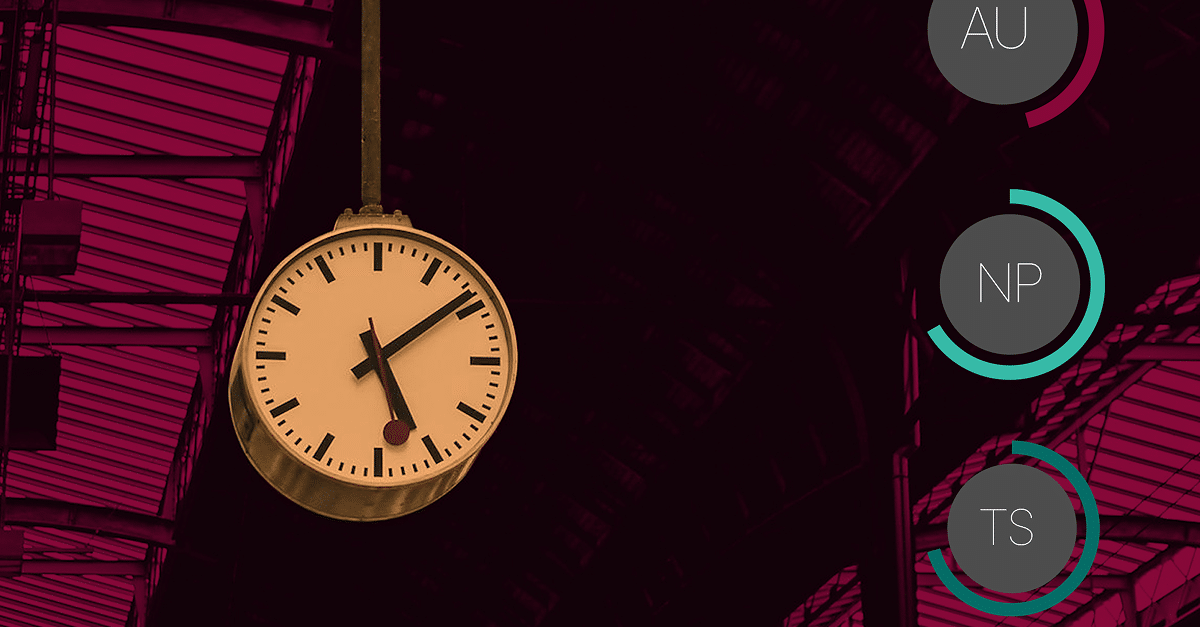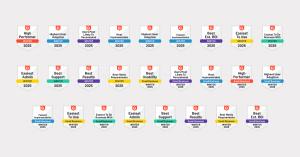Architecture and engineering firms face a persistent challenge that can make or break project profitability: accurately capturing billable time across complex, multi-phase projects. While spreadsheets and generic software might seem sufficient, the reality is that architectural projects demand specialized tracking capabilities that align with the unique workflows of design professionals.
When architects spend valuable time wrestling with inadequate time tracking systems, they’re essentially paying twice for the same work. The complexity of architectural projects, from initial concept through construction administration, requires tracking solutions that understand the nuanced nature of design work and can seamlessly integrate with existing project management processes to ensure every billable hour is captured and properly allocated.
The Unique Time Tracking Needs of Architecture Firms
Architecture firms operate differently from other professional services, and their time tracking needs reflect this complexity. Projects often span months or years, involving multiple phases from schematic design through construction documentation and administration. Each phase requires different types of work, from creative conceptualization to technical documentation, and teams frequently switch between projects throughout a single day.
Architectural work rarely follows predictable patterns. A designer might spend the morning refining floor plans, attend a client meeting at lunch, review consultant drawings in the afternoon, and finish the day updating project specifications. This fluid workflow means time tracking must be intuitive enough to capture work without disrupting creative processes.
Additionally, firms must track time against specific architectural project phases and tasks for accurate billing and project management. Understanding where time is being spent on each project phase helps firms identify potential overruns early and make informed decisions about resource allocation.
The Problem with Generic Time Tracking Tools
Architecture firms often struggle with generic time tracking solutions that weren’t designed for their specific needs. These tools create more problems than they solve, leading to inaccurate time capture and frustrated team members.
One Size Fits All Approach
Generic time tracking tools assume all professional services work the same way. They lack the project phase structure that architecture firms need and don’t accommodate the iterative nature of design work. When architects are forced to shoehorn their complex projects into oversimplified categories, important details get lost, and billing accuracy suffers.
Manual Workarounds and Data Entry
Without proper integration, architects spend significant time manually entering project codes, phase information, and task descriptions. These manual processes are prone to errors and take away from billable work, ultimately reducing project profitability.
Limited Project Phase Tracking
Generic tools typically offer basic project categories but lack the sophisticated phase tracking that architecture firms need. Without the ability to track time against specific project phases, such as design development or construction documentation, firms struggle to understand true project costs and profitability.
What Architecture-Specific Time Tracking Tools Offer
Purpose-built time tracking solutions for architecture firms address these challenges with features designed specifically for design professionals.
Project Phase Integration
Architecture-specific tools understand the standard phases of architectural projects and allow firms to track time against these phases automatically. This capability provides clearer insights into where time is being spent and helps identify which phases consistently exceed budgets.
Mobile and Flexible Entry Options
Understanding that architects work both in the office and on job sites, specialized tools offer mobile apps and flexible entry methods that accommodate the varied work environments of design professionals.
Advanced Reporting and Analytics
Architecture-specific solutions provide detailed reporting that aligns with how firms analyze project performance, including phase-based profitability analysis and resource allocation insights that generic tools simply cannot provide.
Choosing the Right Time Tracking Tool for Your Architecture Firm
Selecting the right time tracking solution requires careful consideration of your firm’s specific needs and workflows.
Evaluate Integration Capabilities
Look for tools that integrate seamlessly with your existing software and accounting systems. The best solutions minimize disruption to current workflows while maximizing data accuracy.
Consider User Adoption
The most sophisticated tool is worthless if your team won’t use it. Prioritize solutions that are intuitive and require minimal training, with interfaces that complement rather than complicate daily work routines.
Assess Reporting Needs
Different firms have different reporting requirements. Ensure your chosen solution can generate the specific reports your firm needs for project management, billing, and profitability analysis.
Plan for Scalability
Choose a solution that can grow with your firm. Consider future needs like additional integrations, expanded user bases, and evolving project complexity when making your decision.
Upgrade Your Architecture Time Tracking with Total Synergy
With over 25 years of experience in the A&E space, Total Synergy’s time tracking solution is specifically built to meet the unique needs of architecture and engineering firms.
We understand that accurate time tracking is the foundation of project profitability, which is why our solution provides the detailed phase-based tracking and comprehensive reporting that architecture firms need. Our mission is to simplify how A&E practices manage projects and finances, providing the clearest path to project profitability.
Ready to transform your time tracking process? Book a demo today and discover how our specialized solution can improve your firm’s profitability.



